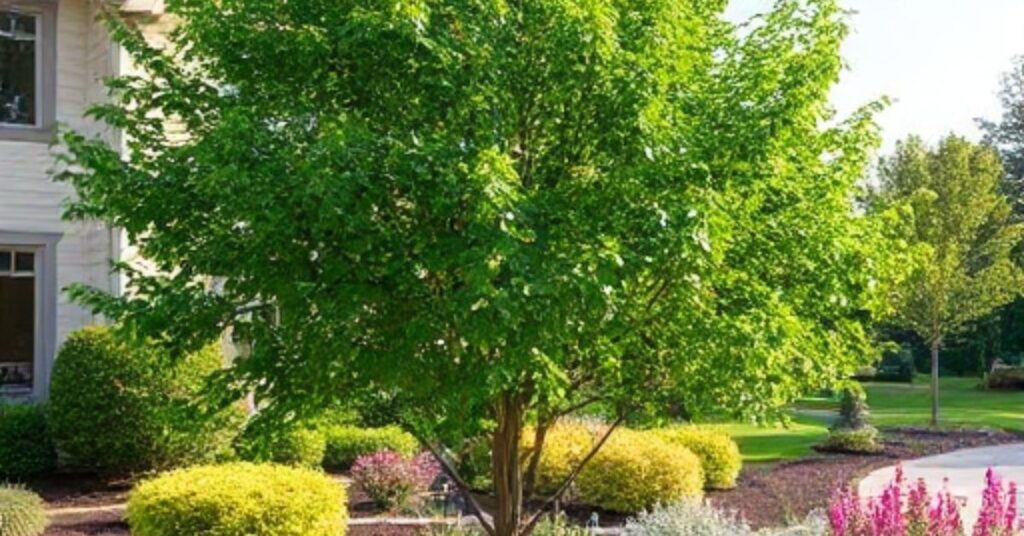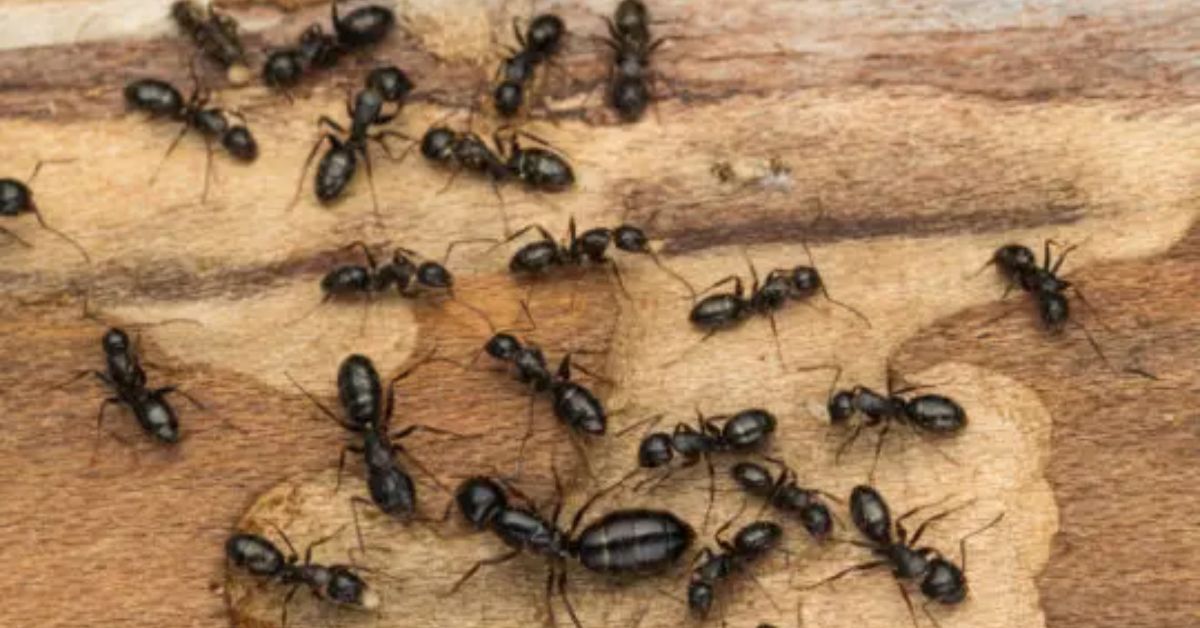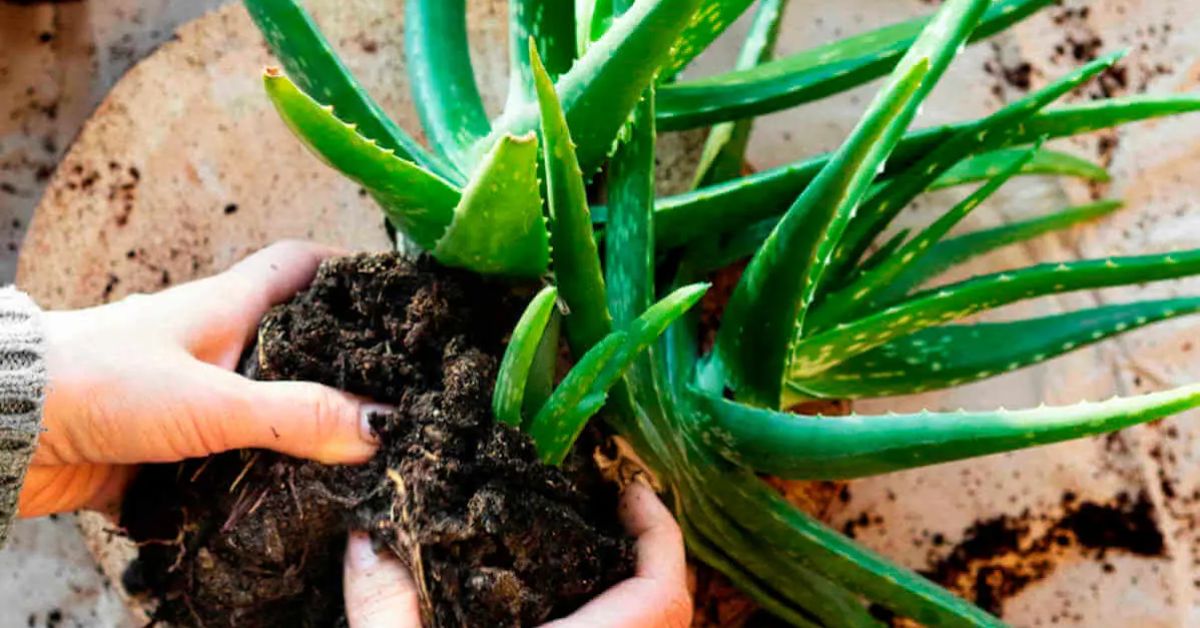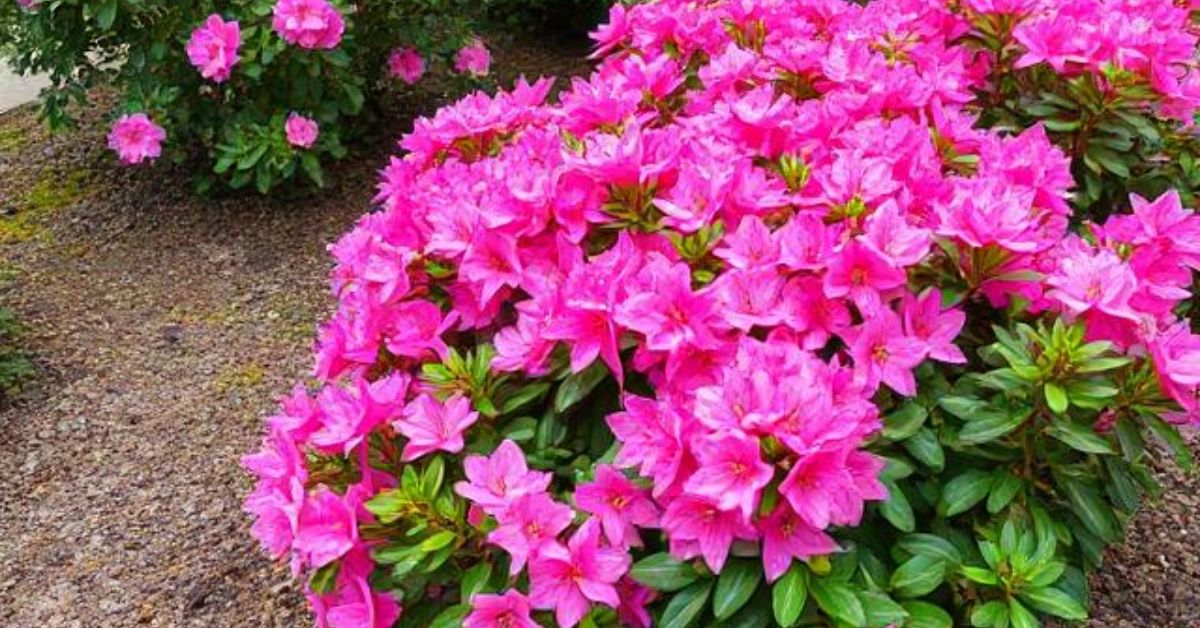Choosing the right tree for a small yard can be tricky. You want something that grows fast, stays manageable, and enhances your outdoor space. fastest growing shade trees zone 9 are a fantastic choice, offering shade, beauty, and even privacy in a shorter time than traditional slow-growers. Whether you want to spruce up your yard or make it more functional, this guide will help you select the perfect trees for your space.
What to Know About Fast-Growing Trees
Fast growing pine trees for privacy can quickly transform the look of your yard, adding shade and beauty in a short amount of time. However, their rapid growth often comes with some trade-offs. These trees typically have shorter life spans and may decline soon after maturity. Additionally, their wood tends to be weaker, making them more susceptible to storm damage. Regular pruning is essential to keep these trees healthy and prevent potential hazards.
Before planting, it’s important to consider the tree’s mature size and placement. Avoid planting near septic systems or sidewalks, as their aggressive root systems can cause damage. The Best Places to Cut Your Own Christmas Tree in Oregon Choose a spot far from utility lines, homes, and driveways to reduce the risk of damage if branches—or even the trunk—break during a storm. Proper planning ensures your fast growing trees phone number enhances your yard while minimizing future issues.
Fast-Growing Trees: Top Picks for Your Yard
Here’s a detailed look at some trees to plant for privacy that can enhance your yard’s beauty and function. These trees are excellent choices whether you want shade, privacy, or seasonal interest.
Dawn Redwood
The Dawn Redwood (Metasequoia glyptostroboides) is a remarkable fast-growing tree hardy in Zones 5 to 8. It grows in a striking conical shape, reaching heights of up to 100 feet, and has feathery foliage that provides a soft, lush look. Fossil records indicate this species existed over 50 million years ago, making it a living piece of history.best full sun trees thrives in full sun and moist soil, which makes it a great option for rain gardens. Its resilience to pollution also makes it a favorite for urban parks. With a spread of 15 to 25 feet, the Dawn Redwood needs ample growth space and is best suited for larger yards or open landscapes.
Paper Birch
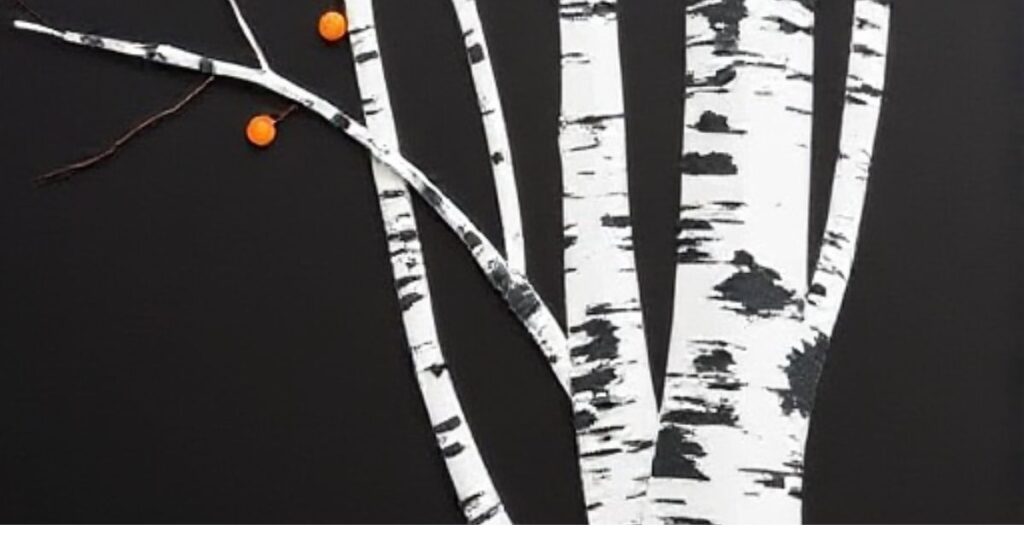
The Paper Birch (Betula papyrifera) is a native North American tree that grows quickly, reaching heights of 75 feet and a spread of 35 feet. Its smooth white bark exfoliates into papery strips, revealing an attractive orange-brown inner bark, adding visual interest year-round.This tree thrives in Zones 2 to 8 and adapts to various soil conditions, though it prefers well-drained, moist, and slightly acidic soils. In fall, its golden-yellow leaves create a dazzling display.
Linden Tree
Also known as the American Basswood (Tilia americana), the Linden Tree has been a popular garden choice since the 18th century. This tree grows to a height of 50 to 80 feet with a spread of 30 to 50 feet and is hardy in Zones 2 to 8.Its fragrant blooms in early summer attract bees, producing delicious nectar honey. While it’s ideal for rural settings, it’s not as tolerant of urban pollution. Its lush canopy makes it an excellent shade or specimen tree.
Sargent Cherry
The Sargent cherry (Prunus sargentii) is a fast-growing ornamental tree admired for its year-round beauty. Hardy in Zones 4 to 8 grows 20 to 25 feet tall and has a spread of 18 to 24 feet.This tree’s single pink blooms in spring are a showstopper. Its polished red-brown bark adds interest, and its foliage transitions from purple to green in summer before ending the year in fiery shades of red, orange, and gold. Originating from Japan, this tree is perfect for anyone seeking elegance.
Leyland Cypress
The Leyland Cypress (Cupressus × leylandii) is an excellent option if privacy is a priority. This conifer grows 3 to 4 feet per year during its early years, reaching 60 to 70 feet tall with a spread of 15 to 25 feet.Its feathery, pyramid-shaped foliage in shades of green or blue-green adds texture to your landscape. In Zones 6 to 10, the Leyland Cypress thrives in sun to part shade and tolerates various soil types, making it versatile and low-maintenance.
‘Sun Valley’ Red Maple
The ‘Sun Valley’ Red Maple (Acer rubrum) is a fantastic choice for vivid fall color. Growing about 24 inches per year, it reaches a mature height of 35 feet and a similar width. This male variety is seedless, reducing mess, and offers brilliant red foliage in the fall.In Zones 4 to 7, this maple is also a reliable shade tree with good resistance to leafhopper pests. It’s an ideal pick for a low-maintenance tree with striking seasonal appeal.
Lombardy Poplar
Add vertical interest to your landscape with the Lombardy Poplar (Populus nigra ‘Italica’). This tree grows rapidly, reaching heights of 50 feet and a slim width of 10 feet. In Zones 3 to 9, it thrives in full sun and prefers moist, well-drained soil but can tolerate drought once established.It was popular in the past for lining streets, golf courses, and parks, and it brings a Mediterranean feel to any yard.
Eastern Redbud
The Eastern Redbud (Cercis canadensis) is beloved for It grows well in partial to full sun and can withstand damp soils, making it a great option for rain gardens. It is hardy in Zones 3 to 9.Its magenta, lavender, or white flowers bloom directly on branches before leaves appear, creating a stunning display. It thrives in moist, well-drained soil and grows best in full sun to partial shade.
Pin Oak
The Pin Oak (Quercus palustris) is a sturdy tree known for its “pincushion” branch structure.Its height ranges from 40 to 60 feet, and its width of up to 40 feet, How to Protect Trees and Shrubs in Winter and can reach 100 feet in ideal conditions.This oak is hardy in Zones 4 to 8 and performs best in rich, moist, well-drained soil. Its fall color includes shades of red and bronze, and its leaves often linger on the branches through winter.
River Birch
The River Birch (Betula nigra) is a fast grower, reaching heights of 50 feet with a spread of 40 feet. privacy trees that grow in shade It is a great option for rain gardens because it is hardy in Zones 3 to 9 and grows well in partial to full sun and moist soils. Its peeling, cinnamon-colored bark provides year-round interest, Why Fall is the Best Time while its gold fall foliage adds seasonal beauty. This native tree also attracts birds and butterflies to your garden.
Japanese Zelkova
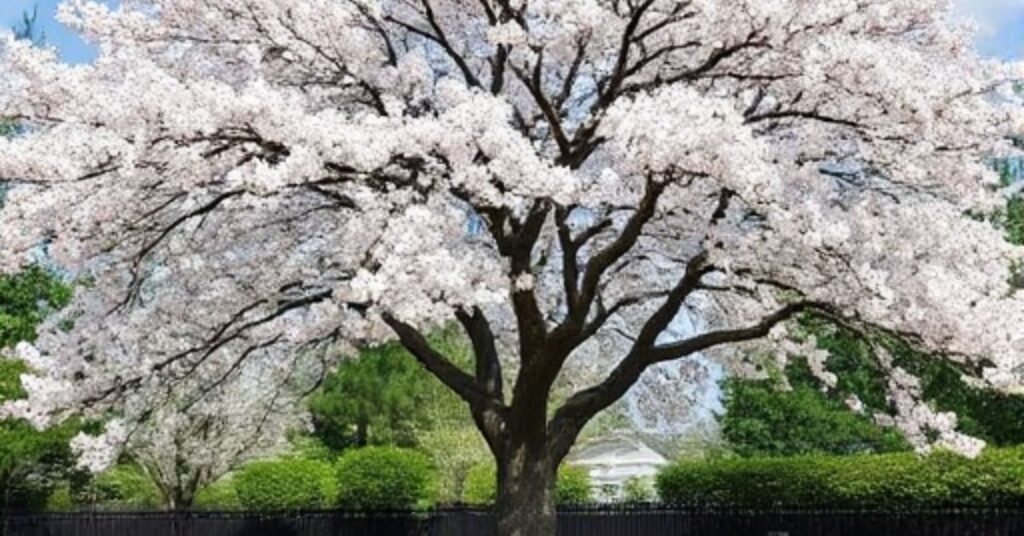
The Japanese Zelkova (Zelkova serrata) is a versatile shade tree that grows 80 feet tall and spreads up to 60 feet. Hardy in Zones 5 to 8, this drought-tolerant Trees thrive well in full sun and well-drained soil. Its unusual bark patterns and graceful branches make it an attractive focal point, especially in winter. evergreen trees zone 6 Fall foliage includes tones of yellow, orange, red-brown, and purple-red, adding vibrant color to your landscape.
These fast growing tree bring beauty, How Far Apart to Plant Strawberry shade, and functionality to your yard. For years, you can take pleasure in a flourishing and breathtaking scenery. by choosing the right species for your climate and space.
Tips for Planting and Caring for Small-Yard Trees
Planting trees in small yards requires careful planning to ensure they thrive without overwhelming the space. Start by selecting the right best tree species—choose compact, slow-spreading, or naturally columnar trees to avoid overcrowding. Check the tree’s mature size and ensure it fits comfortably in your yard without encroaching on nearby structures, utility lines, or property boundaries.When planting, pick a sunny or partially shaded spot with well-drained dirt. Make sure the hole you dig is not deeper than the tree’s height, but it should be twice as wide as the root ball. After positioning the tree such that the root flare is just a little bit above earth, completely backfill it with dirt and water to remove any air pockets. Mulch can help control soil temperature, preserve moisture in the base, and keep weeds out, but it should be kept a few inches from the trunk to prevent rot.
Small-yard trees require constant maintenance. To keep it healthy and in form, water it thoroughly during dry spells, especially in the first few years, and prune it frequently. Cut off any dead or overhanging branches, and make the canopy thinner. to allow sunlight and air circulation. Proper placement and maintenance will make your small-yard tree a lasting and manageable addition to your outdoor space.
How to Enhance Landscaping with Fast-Growing Trees
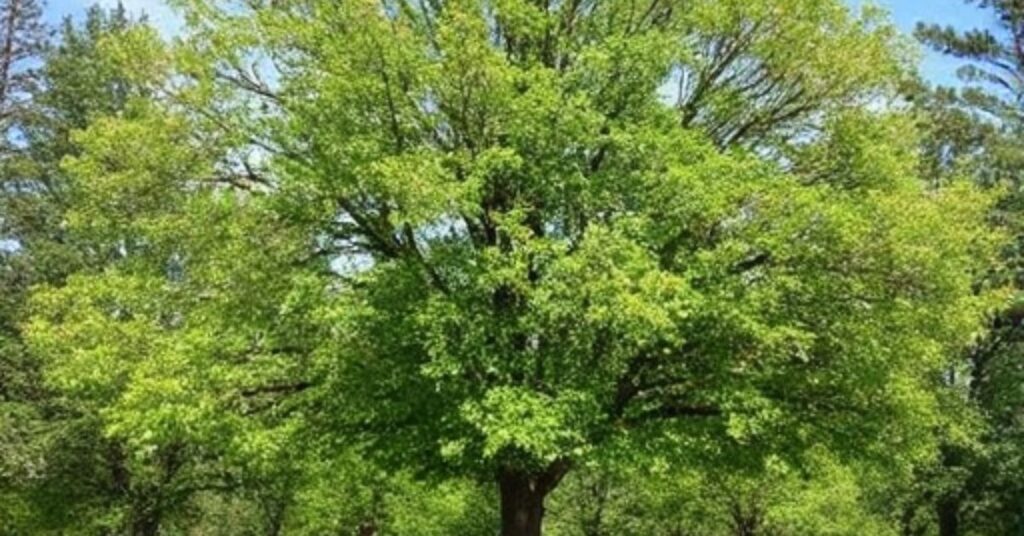
fastgrowing trees are an excellent way to elevate the look of your landscape quickly, adding shade, privacy, and visual interest. Start by strategically planting trees to create natural focal points. Place them near patios, driveways, or entryways to frame your space, or use them to anchor garden beds for added depth and texture. How to Make a Christmas Tree Trees like Sargent Cherry or Red Maple can provide vibrant seasonal colors, transforming your yard throughout the year.For privacy, fast-growing trees like Leyland Cypress or Lombardy Poplar are perfect for creating a living screen or windbreak. Plant them in rows along property lines or as a barrier to block unsightly views while giving your landscape a rich, verdant backdrop.
Use trees to enhance the functionality of your outdoor space by providing shade to seating areas, reducing heat around your home, or creating a cool microclimate for plants that prefer partial shade. Trees such as Dawn Redwood or River Birch can also act as natural water absorbers, making them ideal for rain gardens.When designing with fast-growing trees, consider their mature size, root spread, and growth habit to avoid overcrowding or damage to nearby structures. With thoughtful placement, fast-growing trees can transform your landscape into a thriving and beautiful sanctuary.
Conclusion
fastgrowingtrees offer an excellent solution for quickly transforming your landscape with shade, privacy, and natural beauty. Whether enhancing a small yard or creating a focal point in a larger space, these trees bring vibrant colors, textures, and seasonal interest to your outdoor area. While their rapid growth can be a considerable advantage, planning carefully is essential—considering their mature size, placement, and care requirements. Pruning and watering these trees on a regular basis keeps them healthy and manageable., allowing them to thrive for years. By choosing the right species and incorporating them thoughtfully into your yard, fast-growing trees can become a stunning and practical addition to your home, offering aesthetic and environmental benefits in no time. Embrace the charm and versatility of these trees to create a landscape that is as functional as it is beautiful.
FAQ
What is the fastest-growing tree suitable for small yards?
The Thuja Green Giant and crape myrtle are excellent fast-growing options for small spaces.
How much sunlight do fast-growing trees typically require?
Most fast-growing trees need full sun, but some, like the Japanese maple, can tolerate partial shade.
Can fast-growing trees damage nearby structures with their roots?
Yes, if planted too close to structures, roots can cause damage. Always check mature root spread before planting.
What’s the best time of year to plant these trees?
Spring and fall are the best times to plant most trees, as the weather is milder and promotes root establishment.
Are fast-growing trees less durable than slow-growing varieties?
Not necessarily. Proper care and maintenance can ensure longevity and health for fast-growing trees.

